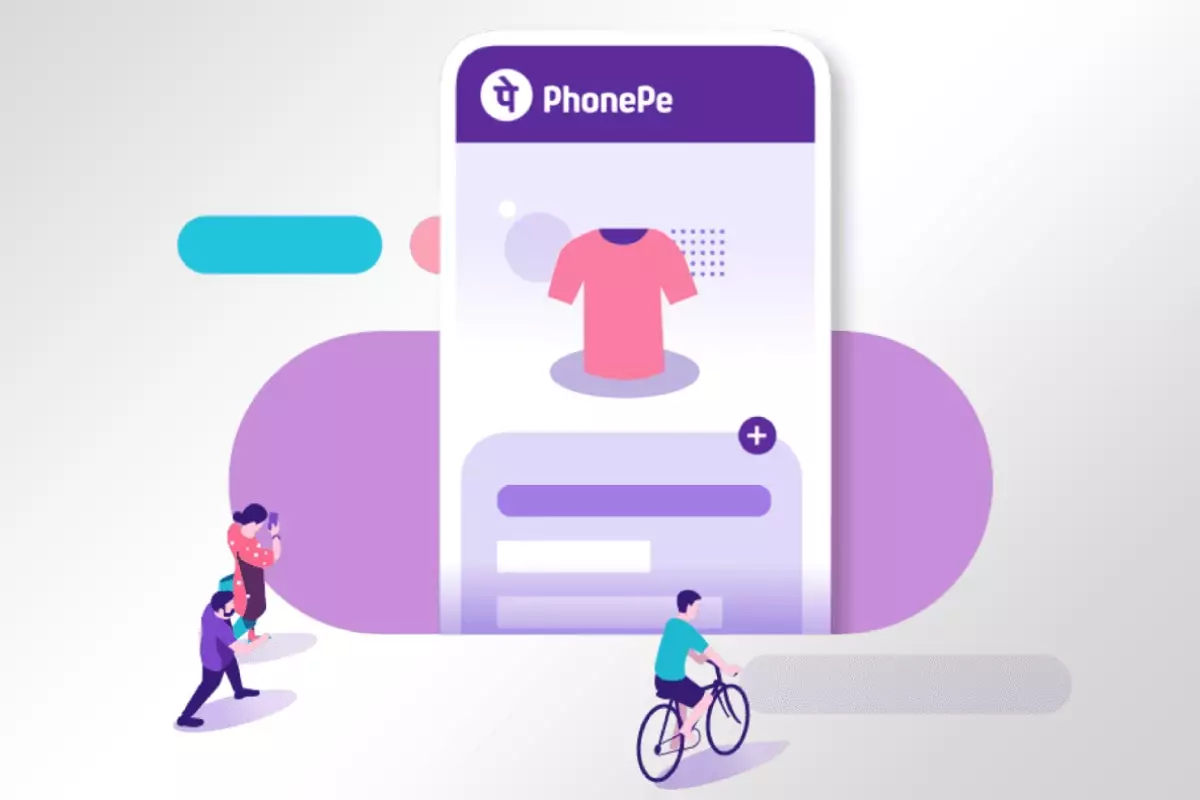In a dynamic digital landscape, the launch of PhonePe’s UPI Circle marks a pivotal moment for financial inclusivity in India. This ambitious feature allows primary users to provide secondary users—friends, family, or trusted contacts—the ability to conduct transactions without needing their own bank accounts. Such a framework is not just another innovation; it signifies a deeply considered shift towards financial empowerment and opens doors to financial literacy for those previously out of reach.
Unlike traditional models where banking access is a prerequisite for transaction participation, the UPI Circle is a bold leap forward, devised by the National Payments Corporation of India. It seeks to facilitate an environment where spending is not merely a privilege but a shared experience. The emphasis on supervised spending serves as a noteworthy safeguard, enabling the primary user to maintain control while promoting communal financial engagement.
A Game of Trust
Amidst a backdrop of tech-driven solutions, the underlying principle of the UPI Circle revolves around trust. It allows primary users—who bear the financial responsibility—to authorize transactions made by secondary users through a structured system, reminiscent of digital guardianship. The dual mechanisms for transaction oversight—Partial Delegation and Full Delegation—offer a layered approach to risk management. With these options, the primary user can choose to actively engage with every spending action or set a spending cap while sitting back as transactions dynamically unfold.
However, this raises critical questions about the notion of autonomy: is it empowering or patronizing? While some may argue that it nurtures responsible spending particularly among younger demographics or individuals new to financial activities, others could contend that it limits personal agency by enforcing oversight. Nevertheless, the design appears to lean towards fostering a nuanced understanding of budgeting and spending, ideally paving the way for informed financial habits in the long run.
Market Implications and Competition
The competitive landscape is also worth examining. PhonePe has strategically positioned itself in opposition to Google Pay, which announced its support for UPI Circle in August 2024 but has yet to deliver it to users. This delay underscores the urgency and potential pressure that Google Pay may now feel in capturing and retaining its market share.
The implications of this race extend beyond merely winning users over; they spotlight a crucial evolution in the payments ecosystem. By allowing low-risk onboarding of secondary users, PhonePe’s UPI Circle fosters a new generation of digital financial customers. Such growth strategies challenge incumbents’ approaches, potentially reshaping user expectations and experiences within the realm of digital payments.
Balancing Freedom with Oversight
What’s particularly striking about PhonePe’s latest offering is how it grapples with the balance of freedom versus oversight. On one hand, young adults or credit-averse individuals can access an array of financial services without the burdensome requirement of traditional banking infrastructure. On the other hand, continued notifications after every transaction underline that old habits die hard; trust needs to be safeguarded, especially in a terrain where financial fraud tactics evolve as quickly as transaction technologies.
The nuanced controls, unrestricted by traditional financial norms, allow for a personalized approach to delegation. Users are empowered to set unique spending limits for each secondary user, promoting accountability within their circles. It suggests a conscious societal shift towards collaborative finance—a model in which the defined roles of spender and overseer coalesce into a shared experience that encourages learning and responsible behavior.
In Closing – The Future is Communal
Ultimately, PhonePe’s UPI Circle isn’t just about making payments easier; it’s about redefining the relationships we have with money and each other. By engineering a framework that emphasizes shared responsibility alongside individual empowerment, this solution roots itself in the rich soil of communal financial participation. It pushes the boundaries of what we perceive as the financial landscape and challenges institutions to rethink their role in people’s financial journeys. The future lies in weaving connections that not only foster economic transactions but nurture the fabric of community cohesion, paving the way for a more financially inclusive society.

Leave a Reply